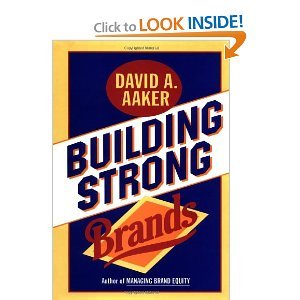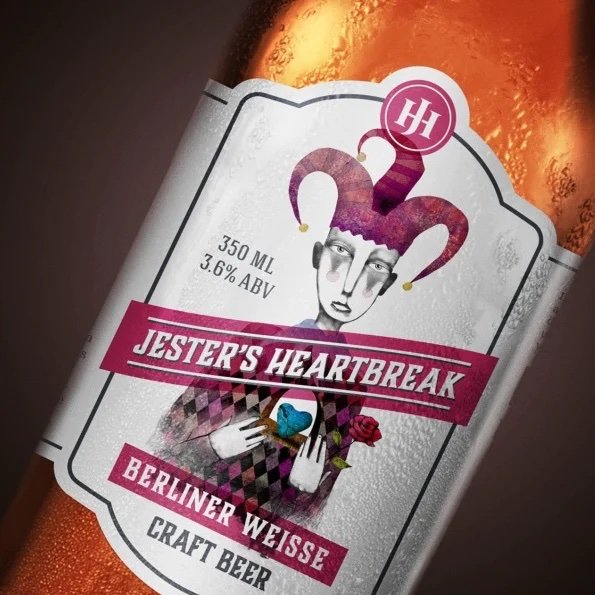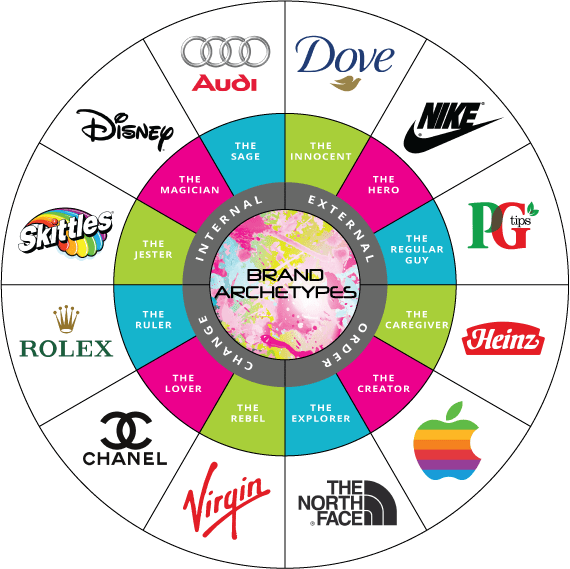As a business, your overarching goal is to grow the business with new customers, increased sales, and building a brand that resonates with your target market. Today we’ll focus on building a brand, especially branding trends for 2021 that impact your ability to succeed. Here’s how Aaker, the leading expert when it comes to branding and brand equity (basically the value conveyed by your brand) defines branding:
Brand equity is a term used to describe the value of having a recognized brand, based on the idea that firmly established and reputable brands are more successful. More specifically, it’s a set of brand assets and liabilities linked to a brand name and symbol, which add to or subtract from the value provided by a product or service. [source]

In his book, Building Strong Brands, he identifies elements shared by some of the strongest brands out there– brands such as Coke and McDonalds. His unique approach to branding shows that rather than a compilation of symbols, colors, and images, a brand is a person with a personality that conveys emotional and expressive elements that develop strategic competitive advantage when brands match their successful branding efforts to their target market.
In addition, brands exist within a brand system of intertwined and overlapping subbrands, such as the Big Mac for McDonald’s, that a company manages with clarity and synergy to achieve success.
Branding trends for 2021
So, as mentioned earlier, a brand is so much more than its tangible image — the colors, fonts, and images used to represent the brand to the outside world. We’ll talk about some of the branding trends related to the tangible image first.
Next, we’ll move on to a discussion of the intangible elements of the brand image — aspects such as brand personality, mission and values, brand storytelling, value proposition, and messaging. Branding trends related to this intangible image are also changing and important for the overall brand equity and competitive advantage.
Make it bold & new
First of all, you want to make sure that your brand is as bold and as exciting as possible, which also means that you need to keep it new. Sure, you don’t want to mess with a good brand, but you need to adapt to changes over time. For instance, when Starbucks increased its overseas marketing efforts, it changed its logo by removing the words. letting the mermaid image stand alone. Sure, they got some pushback from US customers, but that died down pretty quickly.
As part of your branding strategy, ensure your branding is unique and easy to remember, which explains why Starbucks removed the words for an increasingly international target market. To make a brand bold, consider that you need unique colors, images, and design elements. For instance, John Deere tractor company patented the particular shade of green used on all their equipment, thus ensuring no other company could use the same color. The same happens with the images, fonts, and other design elements used to represent your brand to the rest of the world.
Some branding trends we see with respect to these elements are [source]:
- human faces — sure you don’t use them in your logo, but social media posts containing human images outperform other types of posts. By focusing on a single person to represent your brand, you build a branding element people identify with. That’s why brands often use real people in their advertisements. However, using a stylized image eliminates confusion when the person’s image is used by another brand.
- Use quirky artwork to attract attention. For instance, the image below really stands out in a crowded supermarket.
Image courtesy of 99 Designs - Geometrics shapes are one of the newest branding trends when it comes to design.
- Use novel brand colors that attract attention
Merchandising & beyond
One of the traditional ways of getting a brand out there is by using merchandising. You should absolutely still consider this successful branding trend from years past, as it is still a powerful tactic even in 2021. But you should also try to think of ways to shake it up a little bit, making it a bit different and upgrade the experience.
Stand for something
One of the most impactful branding trends seen in recent years is the trend toward conscience buying. What your brand stands for was always important, but it’s now a major factor in determining which brand to buy, especially among younger consumers. According to a somewhat dated report from BusinessWire, 62% of consumers consider a company’s ethical values and will boycott companies in an effort to impact their value-laden decisions.
A recent change in the voting process in the US state of Georgia (rather than the country) we viewed as harsh by many in the state and beyond, especially provisions making it illegal to offer food or water to those waiting in long lines to vote. Many businesses, like Georgia-based Delta, received praise for their disapproval while others, like Home Depot, were met with threats of boycotts and customers choosing alternatives. MyPillow, previously sold in a number of retail stores, saw its products removed from the shelves and lost sales after the owner met with then-President Trump to support his unsupported claims of election fraud.
Build a better personality
As mentioned above in our discussion of Aaker, another of the important branding trends involves building a personality for your brand. Below, you can see how various brands build a personality that resonates with their target market.
Notice how each brand is associated with one of the major brand archetypes that act as a shorthand to encapsulate what the brand is and what it stands for, in some cases.
In defining brand personality, we view it as a set of human characteristics associated with a brand and, since 83% of consumers want more human interaction, this association provides value to both the brand and consumers. Your brand’s personality is formed through a consistent effort to brand your products with images, colors, and text that reinforces your image. Then, you consistently match messaging to that personality. Nike uses its branding message, Just Do It, as well as imaging and messaging in its advertising and on its website, to position itself as the hero of its story, and by extension, turning you into the hero of your own story.
Conclusion
You can think of all this in terms of brand equity, which means the value you achieve through both tangible and intangible efforts to build a better brand. If you can build brand equity, it helps your sales in the immediate future but also ensures you have a greater capacity for growth in the long term. Employ these strategies to elevate your brand in the media, in search, and in the hearts and minds of consumers.

